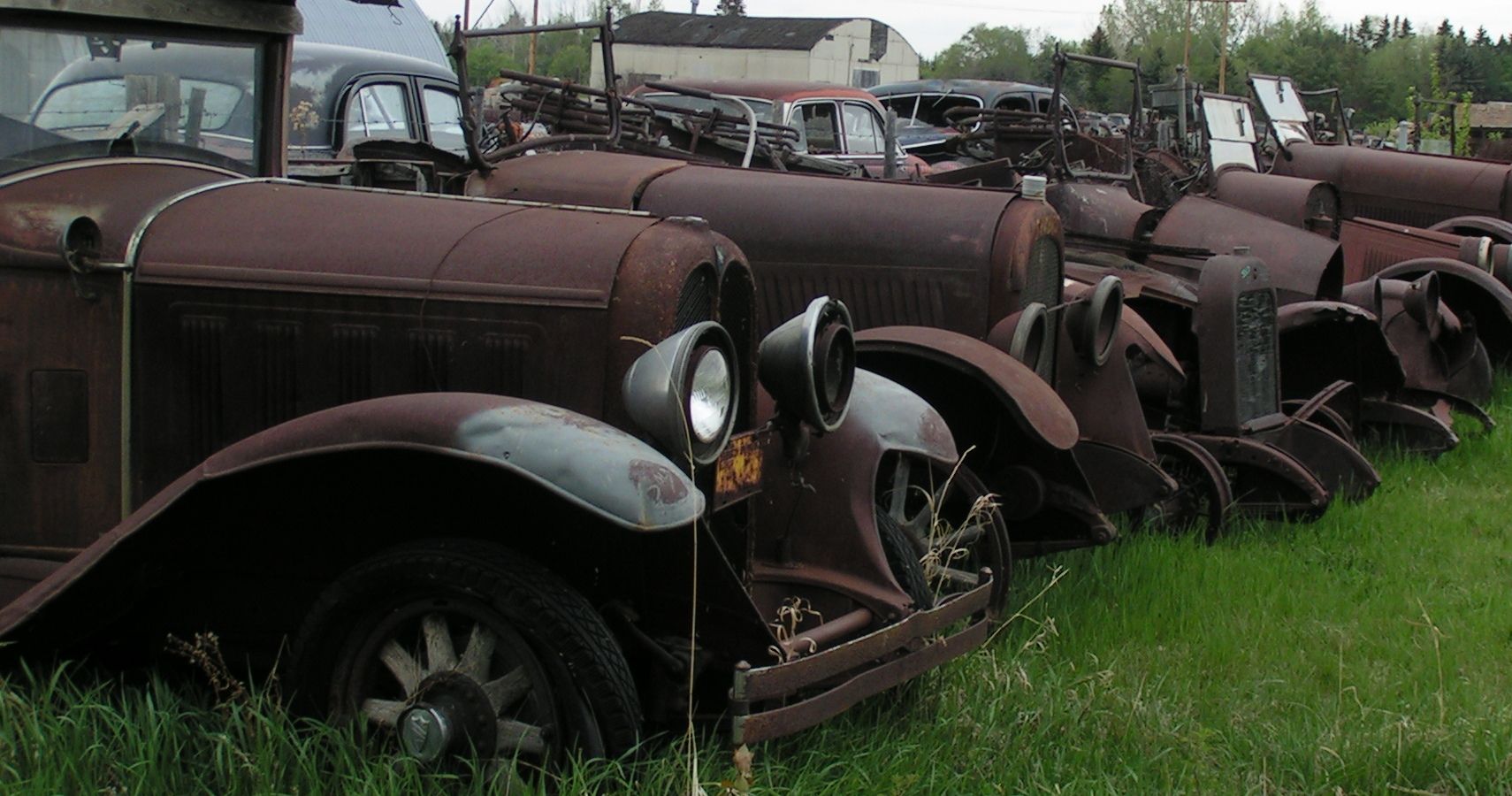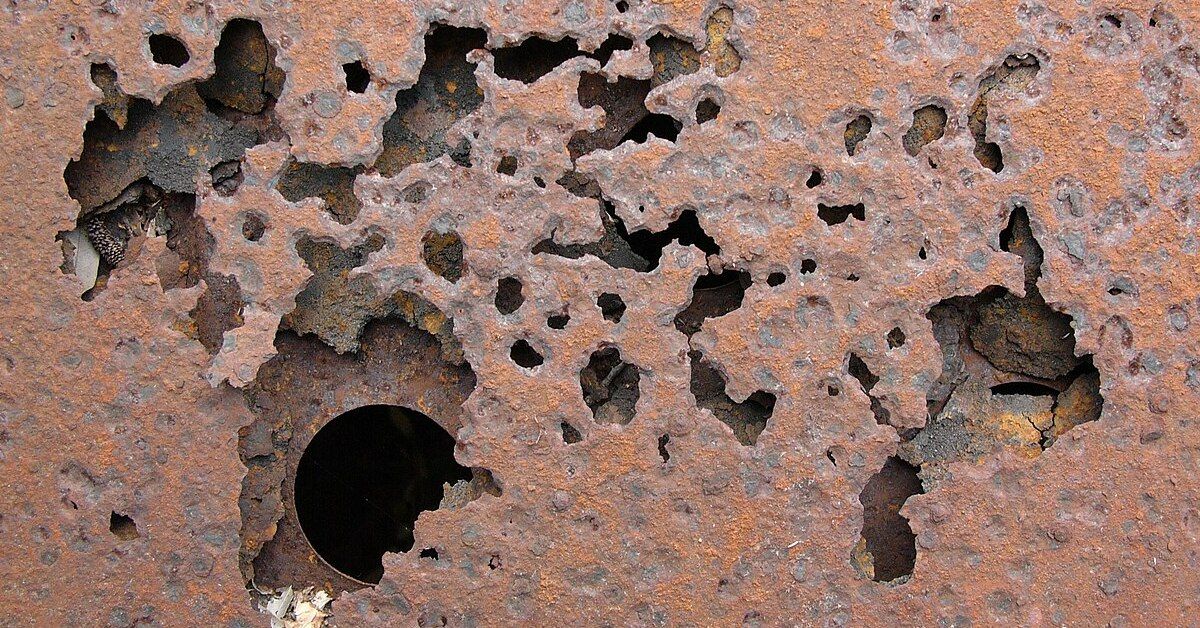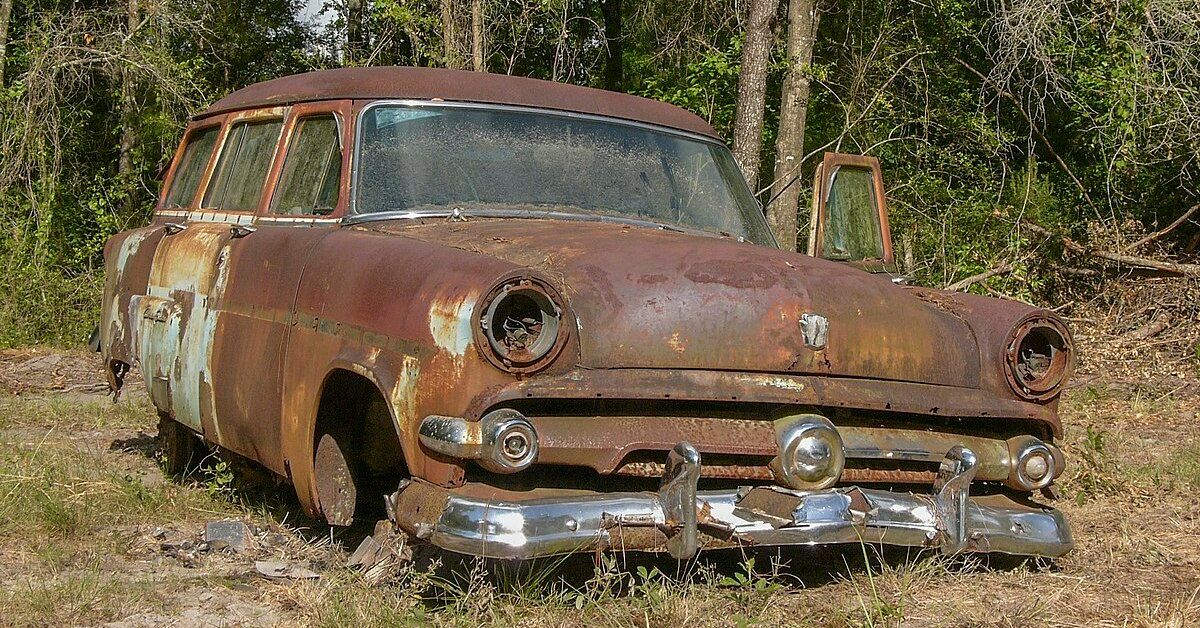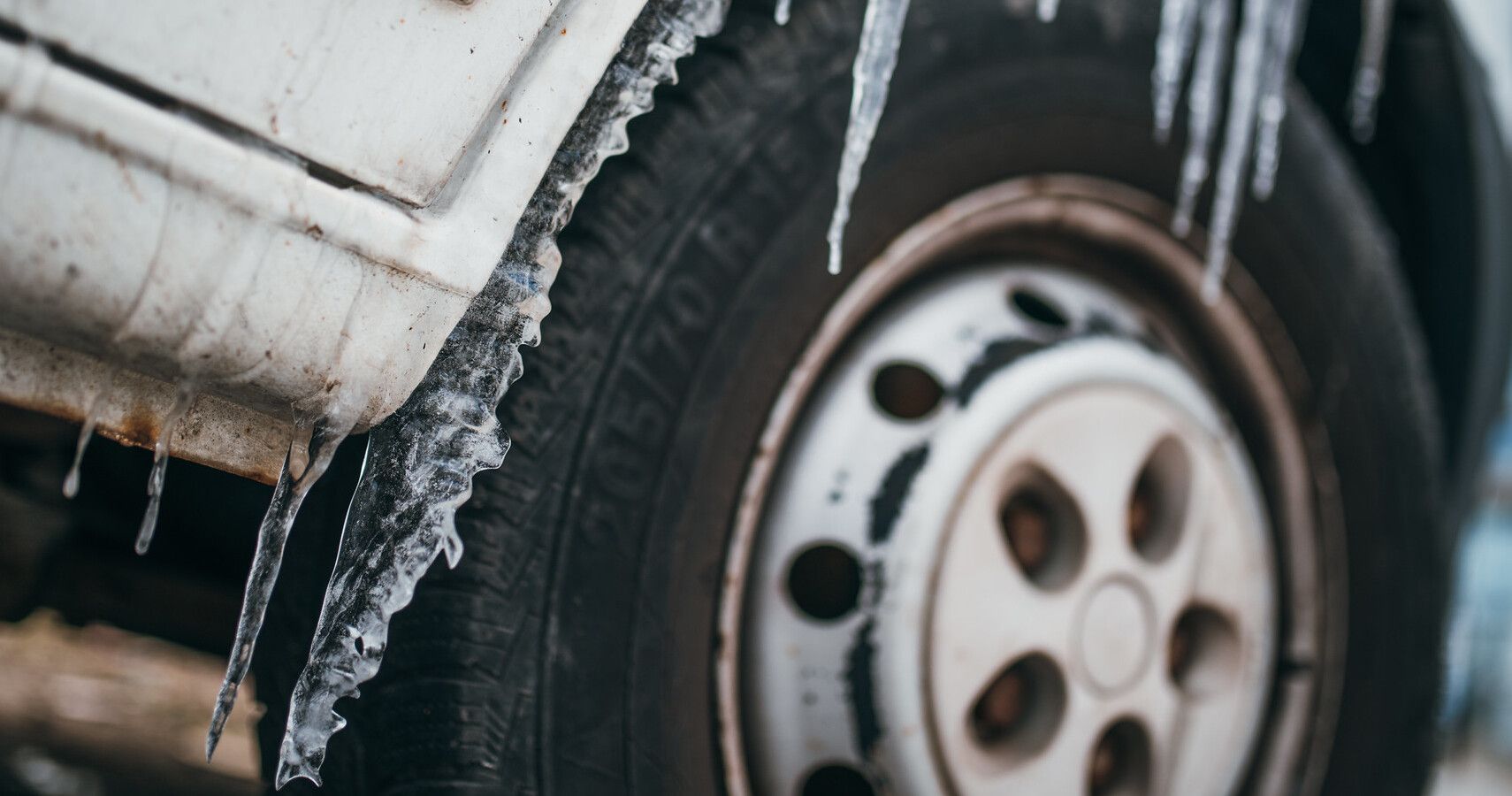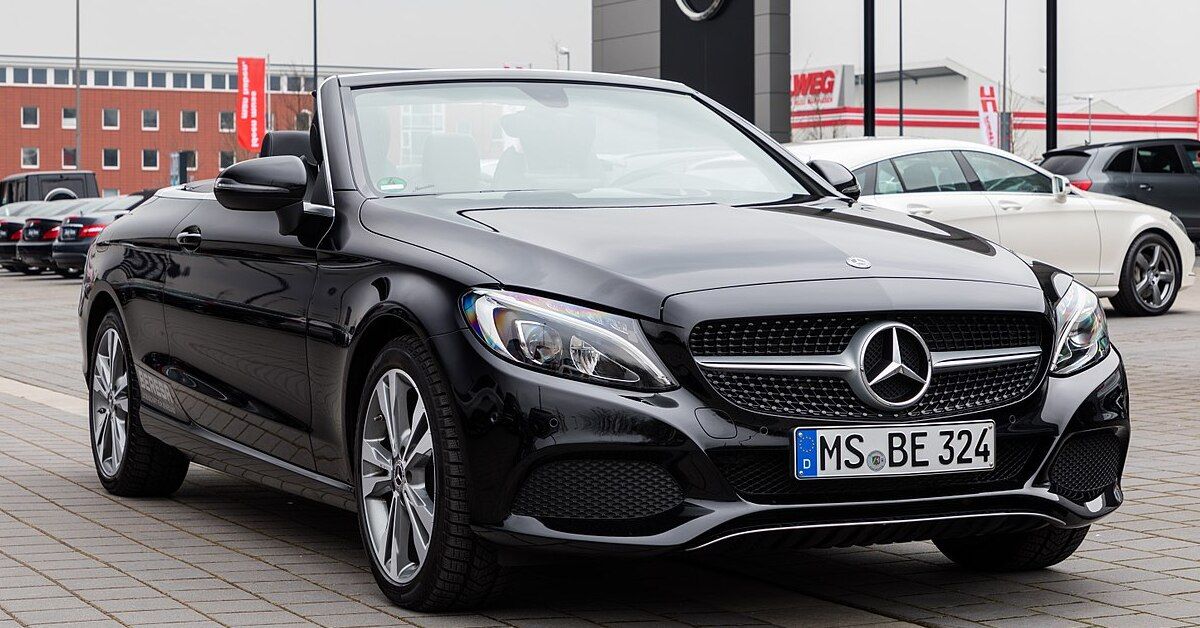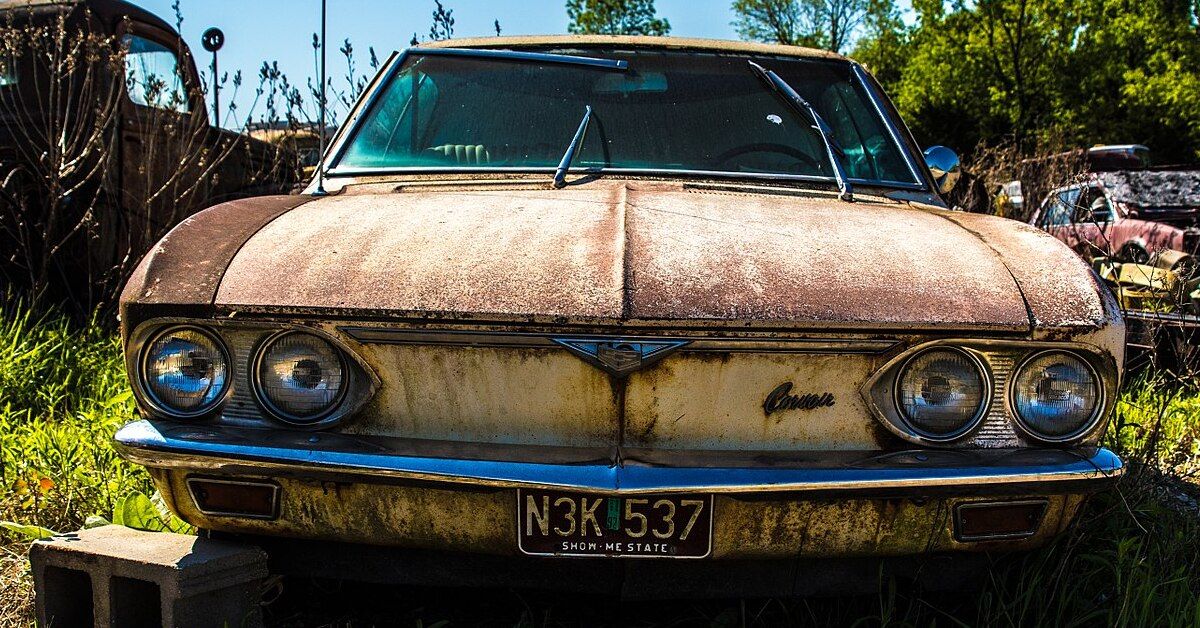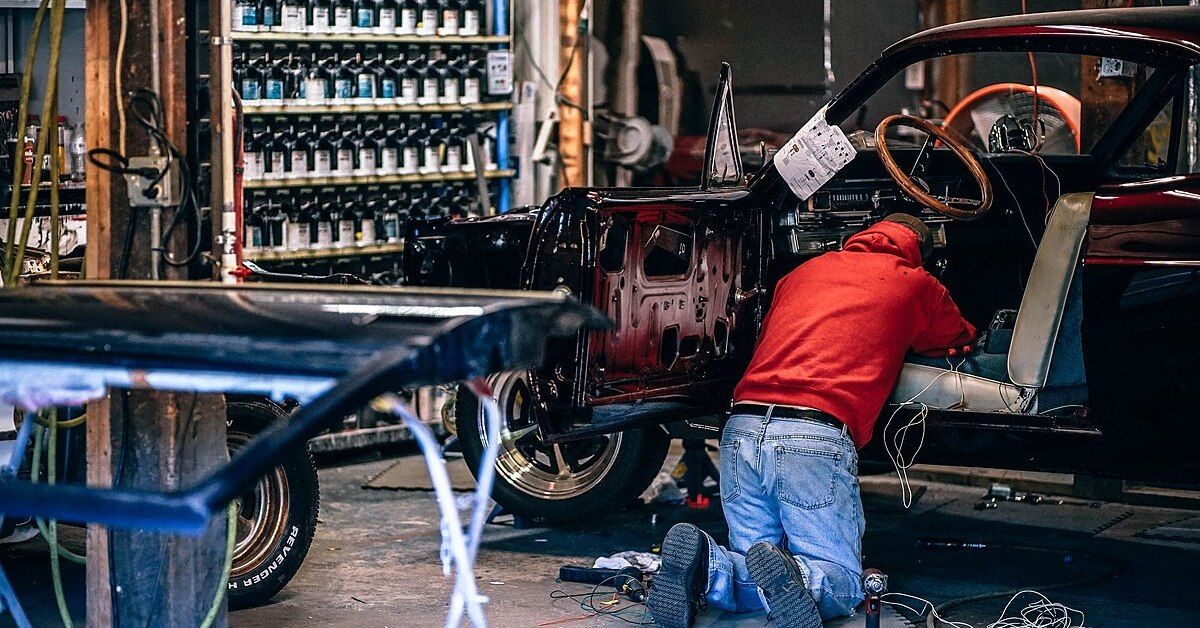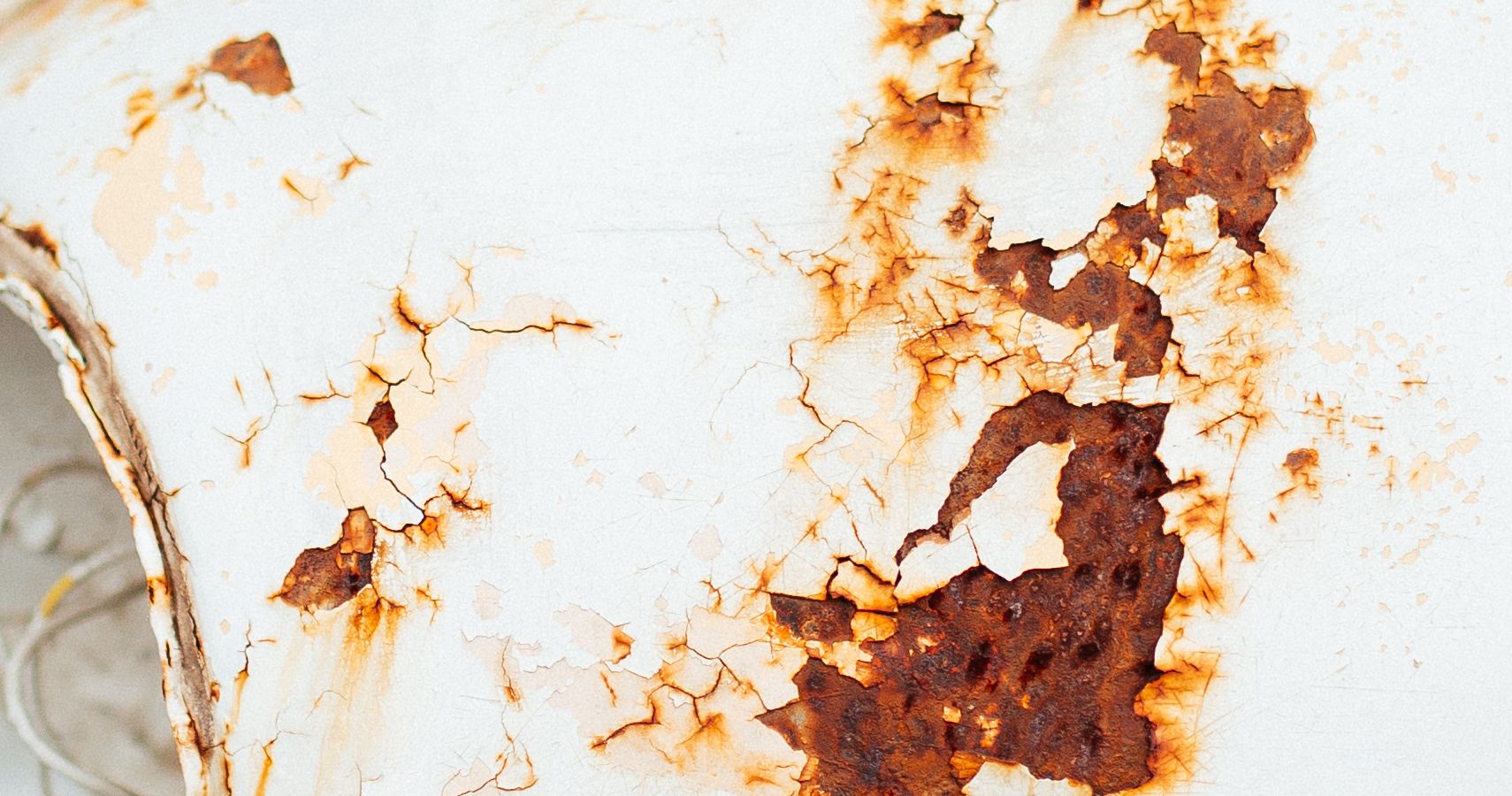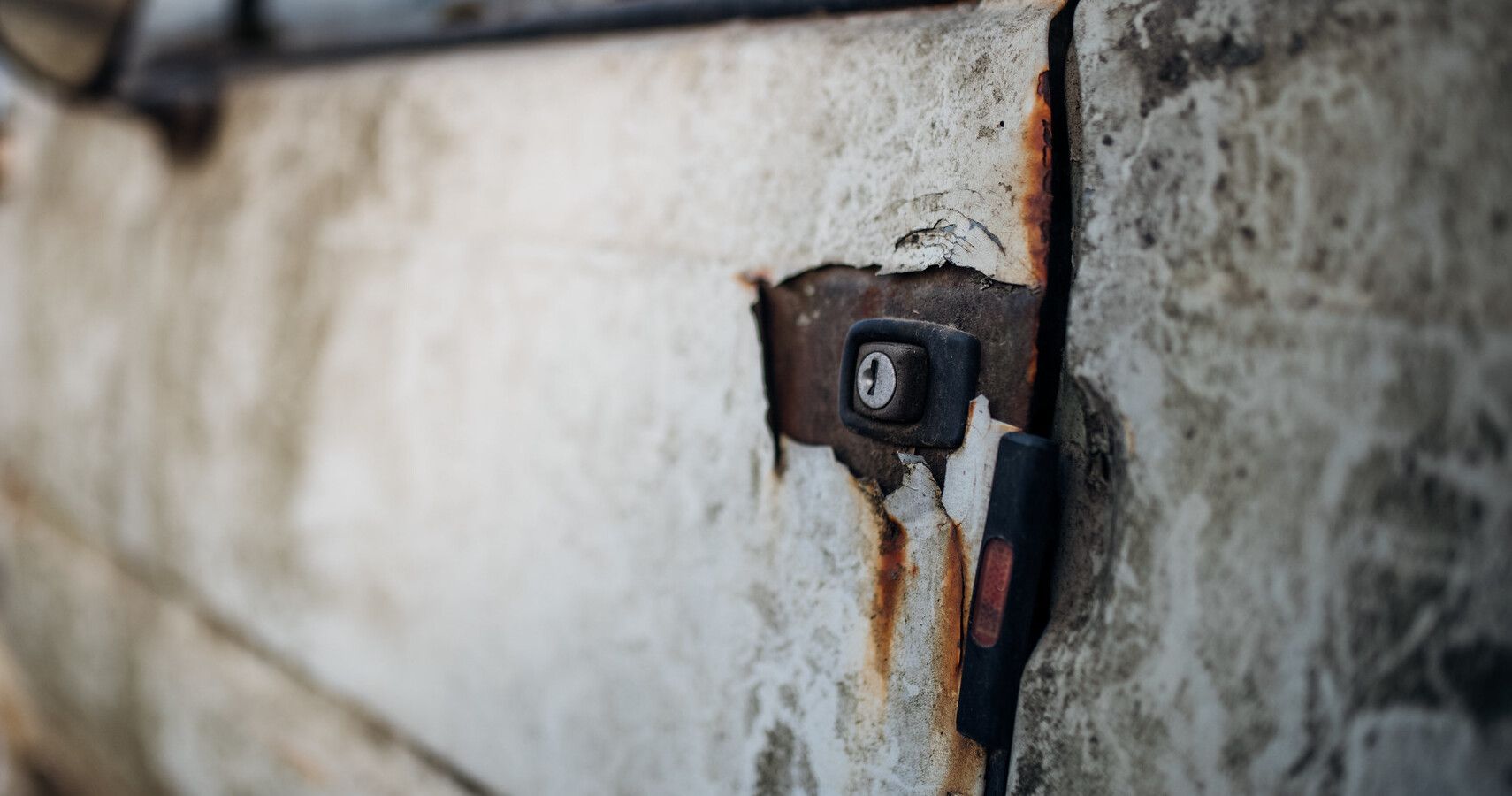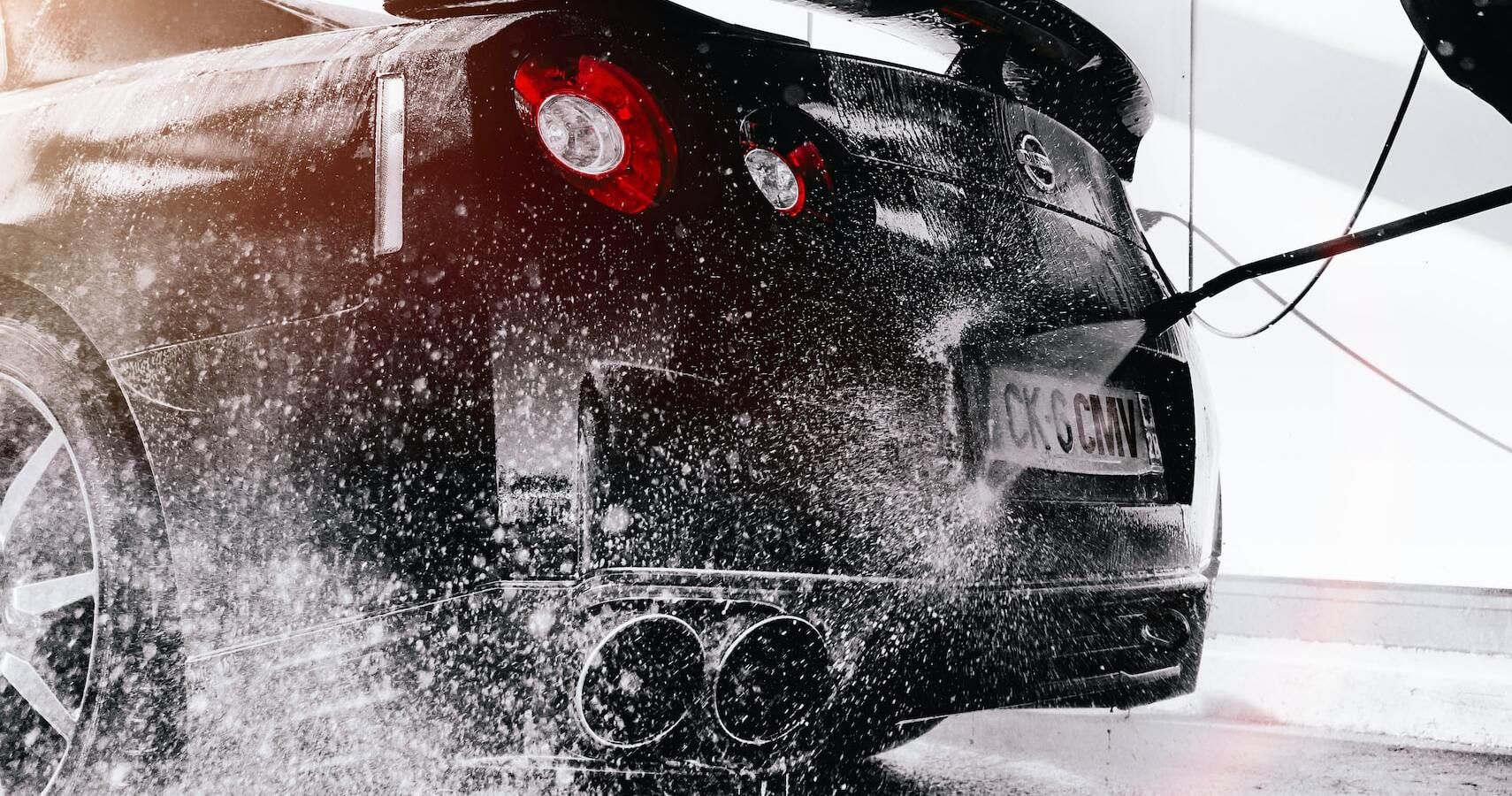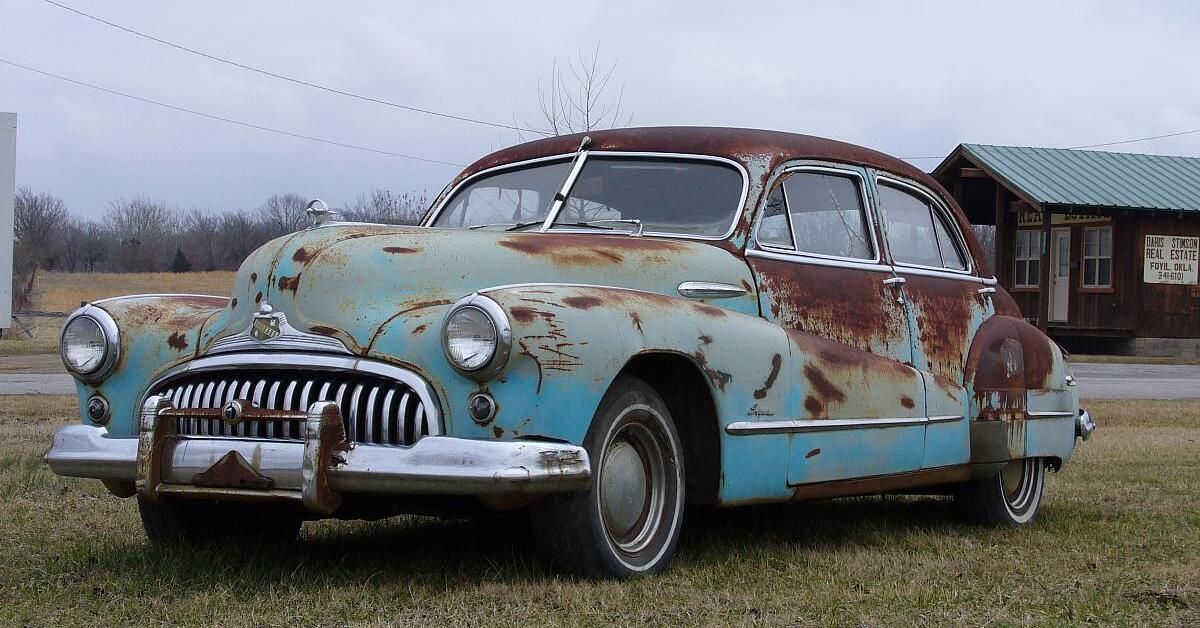Almost everyone has had that moment when owning one of their pride and joys, they spot a change in the color of the bodywork or a bubbling of the paint and their heart sank. While rust can be a gearhead's nightmare in some cases, with some treatment and care, the orange metal eater can be prevented and even repaired.
While there are lots of things people mistakenly believe about rust, whether you own a mint condition classic car, a brand new sports car or a newly acquired used car, it's always dangerous to ignore.
Although the best alternative to preventing rust would be to just not make the part out of iron in the first place, in most cases, this isn't a possible solution. Therefore, if you worry about having issues with or preventing rust, here are 10 key things you should know.
10 Rust Spreads Fast
If really broken down, rust is like a really slow burning process, so to think of rust as like a fire spreading in slow motion isn't really that strange. Unless dealt with quickly, with both a car catching fire and a car gathering rust, soon you won't have much car left to drive.
Like fire, and any other chemical reactions, rust requires a combination of elements to happen. In the case of rust, it's a hydrated form of iron oxide known as hydrated iron (III) oxide, which is a red color, causing rust to look red or orange. The more you know, eh? So rust needs to be treated quickly, as if left for too long, spots can become larger, or spread to other panels and parts. It's something that some cars probably wish their owners knew sooner.
9 Hot Climates Are Not Immune To Rust Issues
Something that may surprise most people about rust is that hot climates may actually make problems worse in some instances. Now, as is mainly common knowledge among car fanatics, in hot and dry climates the reaction process of rust slows right down. However, a car is sat in a hot and wet climate, the chemical process of rusting actually speeds up, due to any heat being adding to a reaction causing an increase in speeds.
So if in such a climate, your best bet is to store your prized possession in a dry place, and with a protective cover surrounding the car. As simple as it sounds, it actually controls rust issues an awful lot. If you know your car brand or model is notoriously prone to rusting, these steps only become more vital.
8 Salt And Ice Can Cause Rust
Like any chemical reaction, a new chemical being introduced can speed up and make the rusting process worse. Unfortunately for car enthusiasts, one big culprit is salt and other chemicals used in deicing roads, and even ice and snow themselves can do damage to a car's bodywork. While the chemicals are great at making roads much safer for driving, they can also cause any spots of rust to grow or even chip away at paint, allowing for rust to get through.
The real solution to this is to store a more delicate car you own during the winter months, and to only use more of an everyday vehicle when the damp, cold conditions roll round. However, there are some cars made for the snowy conditions, such as some pickups, that are still at major risks of rust problems.
7 Newer Cars Have Better Rust Preventing Measures
The good news is that car manufacturers aren't completely turning a blind eye to rust issues. With better paint and plastic bumpers, cars are slowly becoming better at preventing rust or deterring it altogether. Most paint mixes are now better at stopping any gaps from forming between the coating and the iron, and, as well as plastic and full carbon fiber, other metals that rust much more slowly or stainless steel are sometimes used.
That's not to say all new cars don't have rust issues, with many cars of the 2000s now being reported to have big rust problems. For example, if buying a used sports car that has a reputation for rust, it's always best to thoroughly check it over before buying.
6 Older Cars Can Be More Susceptible
It might seem obvious, but more care and attention must be given to any older car you may own in order to prevent bad rusting issues. Especially when looking at cars from the '70s and backwards, there are some models that are insanely prone to rusting.
The issue with older cars comes down to the fact that there was more iron used instead of other materials, and more gaps and slots in body work where rust can grow. So again, it's best to really look after any classic car you might own. There's no much that can be done apart from storage and cleaning, but if you're willing to put in the effort, a rust-free classic car can be incredibly satisfying.
5 Rust Is More Common In Some Places Than Others
If you've recently picked up a new older car, or just want to check in on the health of your prized possession, it's good to know exactly where to look for where rust is most likely to grow. The RAC mention 7 places that should be checked for rust, and exactly where they are on your vehicle.
They outline the frame rails, wheel wells, exhausts, and suspension as the main places to look due to their exposure to the elements, but also add that the floor of the trunk, windshield, and doors to also be looked over. Rust can appear anywhere that there is exposure to moisture against iron, so these are just starting points to check before buying a used car.
4 Bubbles In Paint Need To Be Sorted
On the topic of checking specific parts of a car, one of the most common signs of rust is seeing bubbles in the paint. These are usually very easy to see, and appear on parts of body panels close to the ground or exposed to dirt and water, such as fenders.
Bubbles in the paint is a bad sign, it means that in some way, the layer of paint has separated from the metal underneath, thus allowing rust to form between the two. The rust will eventually pop the bubbles, causing even more rust to be able to form. Fortunately, bubbles are usually an early sign of rust development, so if caught early enough, can be sorted with not too much pain.
3 There Are Three Kinds Of Rust
Finding rust can sometimes be more fatal and costly than others. This is due to rust going through three stages of destroying the metal as outlined by the RAC: surface, scale and penetrating. If all you find when searching is surface rust, then you're in luck. Surface rust only affects the top layer of the car and can be treated easily to stop it from spreading.
If, however, you find either scale or penetrating rust, you're in much more trouble. Scale rust is what happens when surface rust remains untreated, it starts to corrode the metal on the body panels and is much more difficult to fix. If still left alone, penetrative rust will form, meaning a replacement of the entire body panel will be needed. If this happens, you'll never ignore surface rust again. So, it's always worth checking, or you'll be bankrupt through repairs.
2 Wax Is Your Friend
When looking at how to prevent rust from occurring at all, one of the best solutions is a simple one. Wax and other paint treatments stop water from getting to the bodywork, thus preventing rust from eating away and your pride and joy.
While it takes more time to wax your car than a simple car washing method, the protection it adds is the best cheap way of protecting the paint. Plus, the results of a well waxed car are incredibly satisfying, and will bring an almost mirror-like quality to your paint. Using a wax is one of the best tips for washing your car and for preserving the beauty of your machine.
1 Rust Is Not Irreparable
On a final note, while a lot of this article seems very doom and gloom about finding rust, at the end of the day there's always a way to fix it. If you do find rust, do not give up on your dream build. Rust is not irreparable, and there are many ways to fix rust on a car safely.
Additionally, there are many examples of known 'rust-bucket' models that are somehow still on the road today. If you're still concerned, take it to your local mechanic, and if you take anything away from this article, remember that many great builds, started out as rusty old cars.

